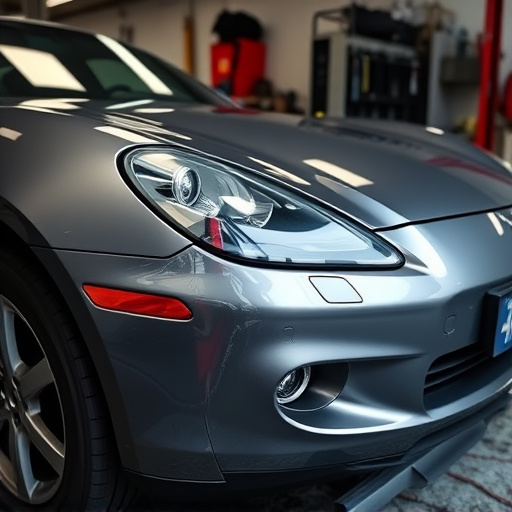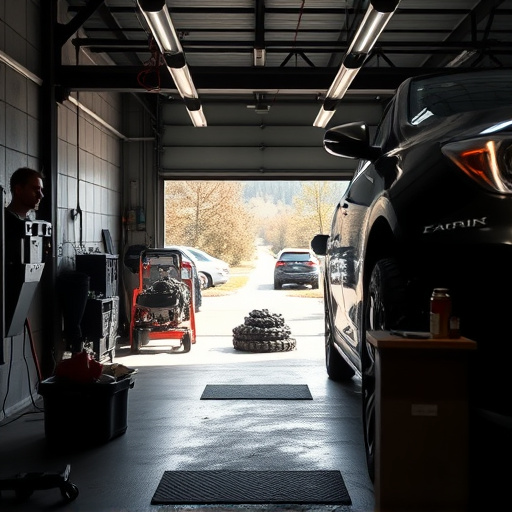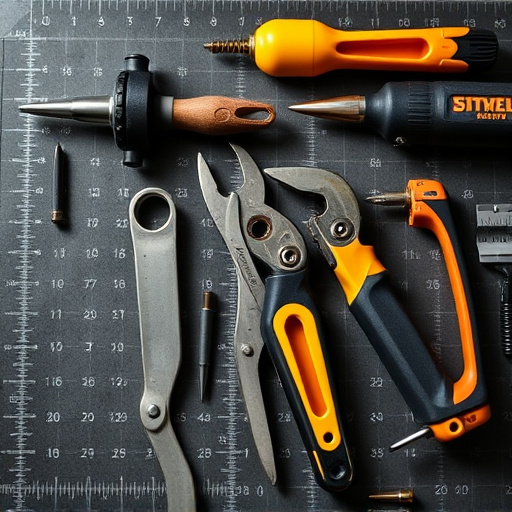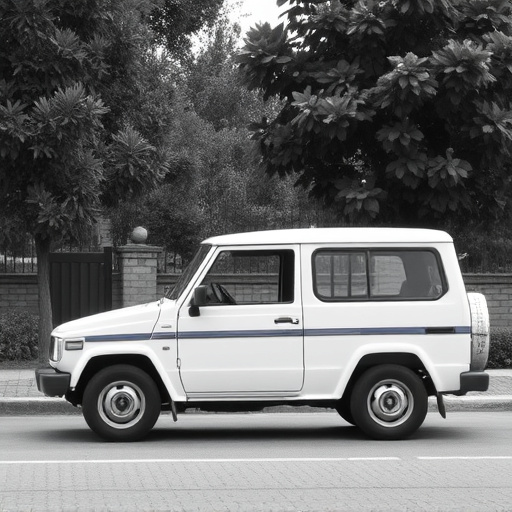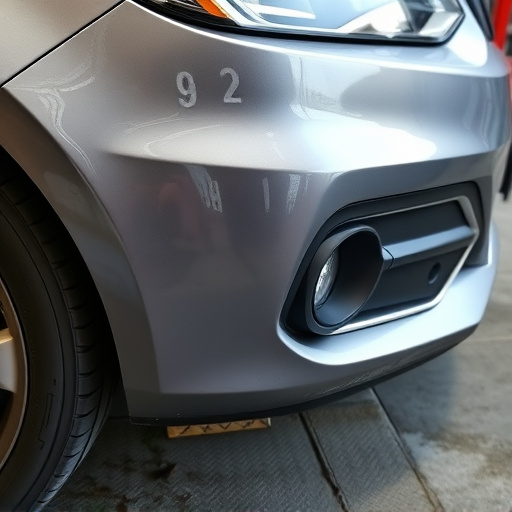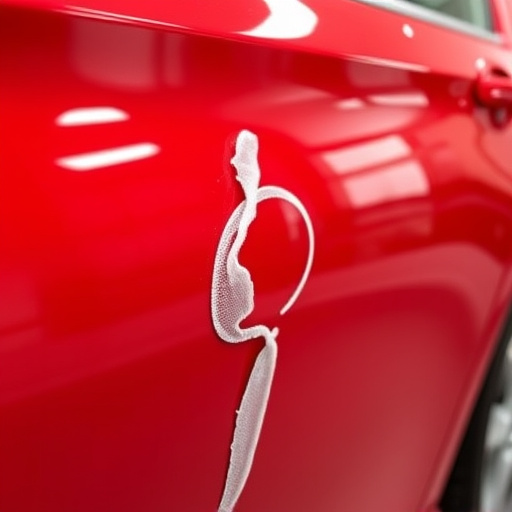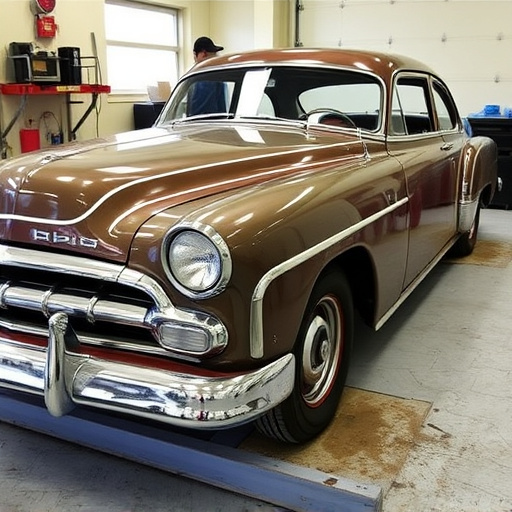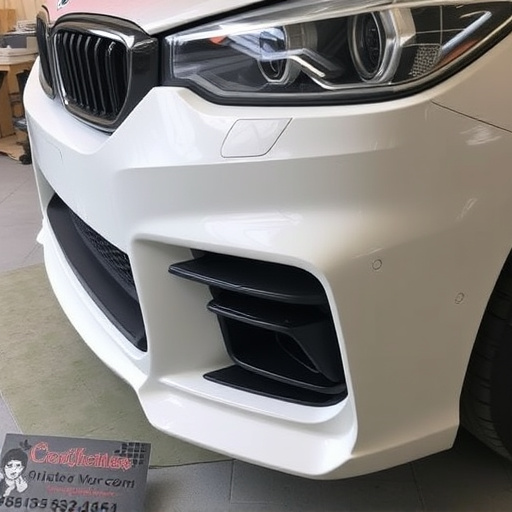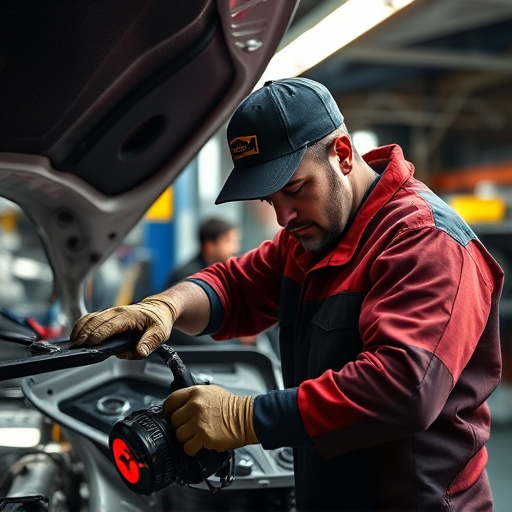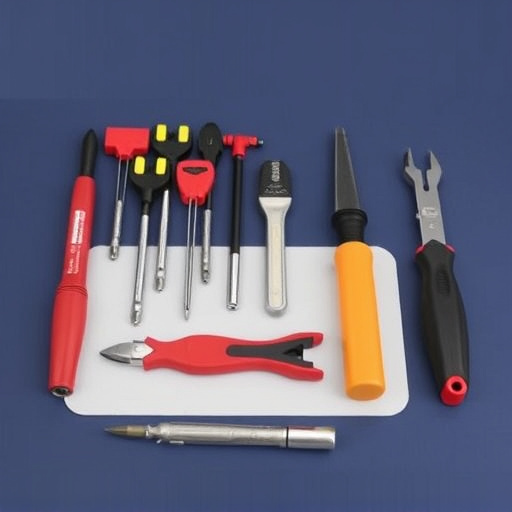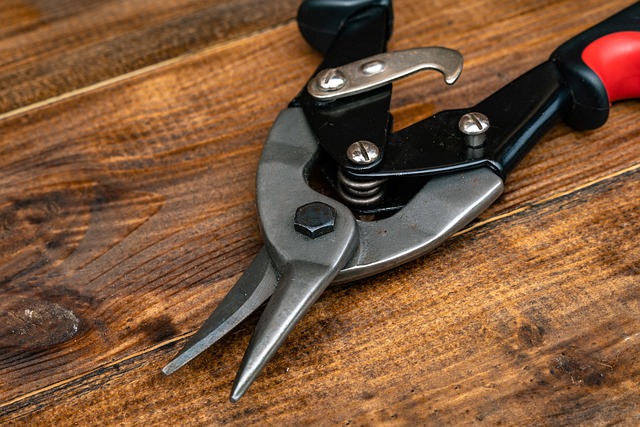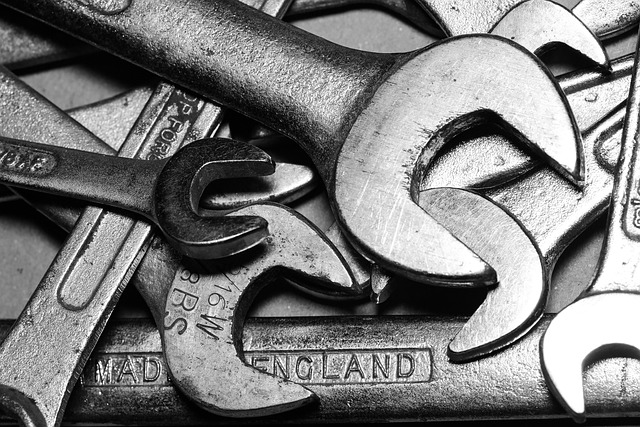Tesla structural integrity repair demands precision handling due to advanced engineering and specialized electric powertrains. Key techniques include Gas Metal Arc (MIG) and Tungsten Inert Gas (TIG) welding for frame and body panels, preserving aesthetics and structural integrity with minimal damage. Skilled technicians use advanced equipment and expertise for seamless restoration, maintaining Tesla vehicles' distinctive design and performance.
“Welding techniques play a pivotal role in ensuring Tesla vehicles maintain their structural integrity, particularly with the unique challenges posed by electric vehicle (EV) repairs. This article explores the critical aspect of welding in Tesla structural integrity repair work. We delve into understanding Tesla’s specific repair needs and how they differ from traditional automotive restoration. Additionally, we highlight common and specialized welding methods employed, offering a comprehensive guide to the advanced techniques ensuring the safety and reliability of Tesla vehicles.”
- Understanding Tesla's Structural Integrity Repair Needs
- Common Welding Techniques in Automotive Restoration
- Specialized Welding for Electric Vehicle Repairs
Understanding Tesla's Structural Integrity Repair Needs
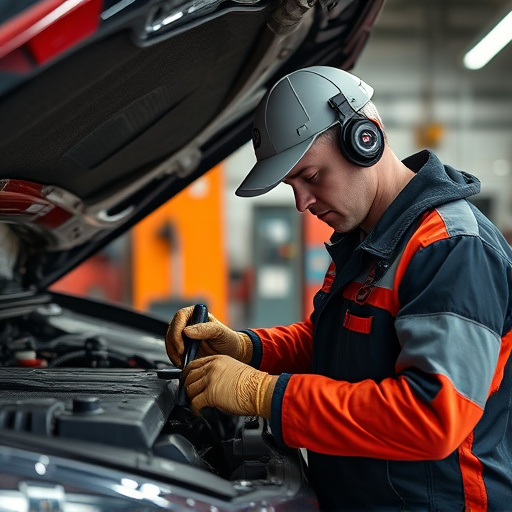
Tesla vehicles are renowned for their cutting-edge technology and sleek design, but like any other automotive, they require meticulous care when it comes to structural integrity repair. Understanding Tesla’s unique needs in this regard is paramount for ensuring both safety and maintaining the vehicle’s iconic aesthetic. The brand prioritizes precision engineering, which means repairs must be as exacting as the original manufacturing process. Every component, from frame to body panels, must be handled with expertise to preserve the car’s structural integrity and overall performance.
Tesla’s electric powertrains present specific challenges that differ from traditional internal combustion engines. Repairs often involve intricate welding techniques to seamlessly integrate replacement parts while maintaining the vehicle’s advanced systems. Skilled technicians employ specialized equipment and a deep understanding of automotive body work, including meticulous auto painting, to restore the car to its original condition. This ensures not only structural soundness but also preserves the Tesla’s distinctive visual appeal.
Common Welding Techniques in Automotive Restoration
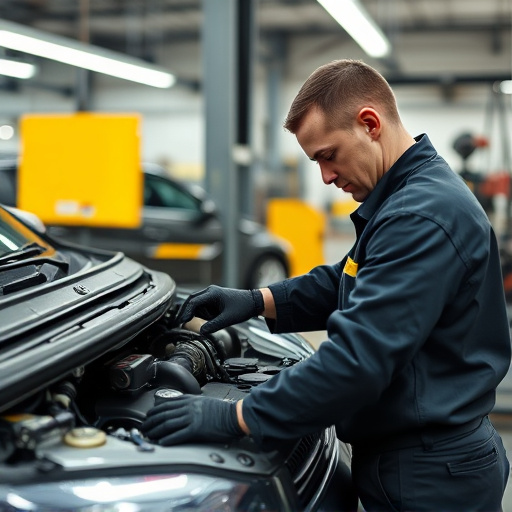
In the meticulous world of Tesla structural integrity repair, various welding techniques play a pivotal role in restoring vehicles to their optimal condition. These methods are not merely an extension of standard auto repair; they demand precision and expertise tailored to the unique materials and designs of electric vehicles (EVs). Common welding approaches in automotive restoration include Gas Metal Arc Welding (GMAW), also known as metal inert gas (MIG) welding, which is favored for its versatility and efficiency. This technique seamlessly integrates into Tesla structural integrity repair work due to its ability to handle a range of materials, including aluminum, commonly used in EV manufacturing.
Another prevalent method is TIG (Tungsten Inert Gas) welding, renowned for its precision and quality. It is particularly valuable for intricate repairs, such as bumper restoration or precise body panel modifications. Given the delicate nature of Tesla’s vehicle aesthetics, auto repair shops often employ TIG welding to ensure minimal heat input, thereby preserving the original finish and structural integrity during vehicle paint repair processes. These advanced welding techniques not only strengthen damaged components but also maintain the overall allure of the vehicle, highlighting the meticulous craftsmanship inherent in Tesla structural integrity repair work.
Specialized Welding for Electric Vehicle Repairs

Specialized welding techniques play a pivotal role in Tesla structural integrity repair work. Electric vehicles, with their advanced design and intricate components, demand precise and tailored welding methods to maintain their unique structural integrity. Unlike traditional car body shops offering generic car paint services, Tesla repair centers focus on preserving the vehicle’s original design and performance through specialized procedures.
When a Tesla vehicle suffers hail damage or other forms of structural trauma, skilled technicians employ advanced welding techniques to ensure seamless repairs. This goes beyond merely fixing metal; it involves understanding the intricate interplay between components to prevent any compromise in the car’s overall structural integrity. Specialized equipment and expertise are crucial for achieving accurate alignment and robust welds, ensuring the restored vehicle performs as seamlessly as new while maintaining its distinctive aesthetic appeal.
Welding techniques play a pivotal role in ensuring the structural integrity of Tesla vehicles during repair work. By understanding the unique needs of Tesla structures and employing specialized welding methods, professionals can effectively restore these electric vehicles to their optimal condition. Integrating advanced welding practices not only strengthens the vehicle’s overall construction but also guarantees its long-term performance and safety on the road. This emphasizes the significance of competent welders in the Tesla structural integrity repair process.
